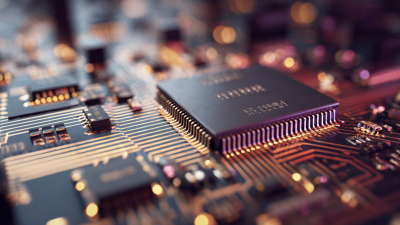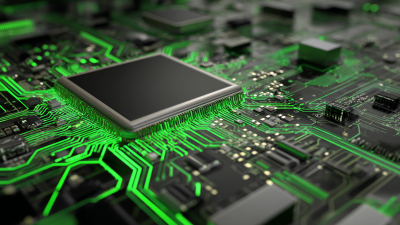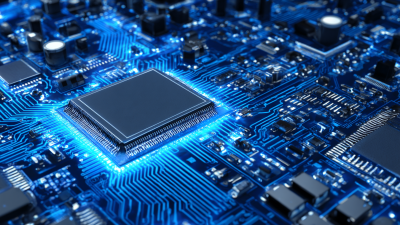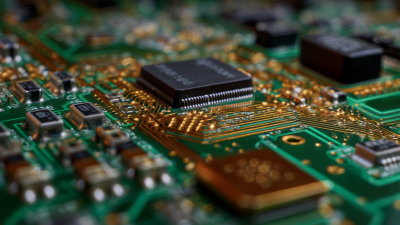In the ever-evolving landscape of electronics manufacturing, optimizing PCB fabrication processes has emerged as a critical focal point for industry leaders seeking cost efficiency and enhanced productivity. Renowned PCB expert Dr. Emily Chen, a leading figure at Circuit Innovations, underscores this necessity, stating, “The future of our industry lies in our ability to streamline PCB fabrication without compromising quality.” Her insight highlights the dual challenge of maintaining rigorous standards while driving down costs, a balance that can significantly impact a company’s bottom line.
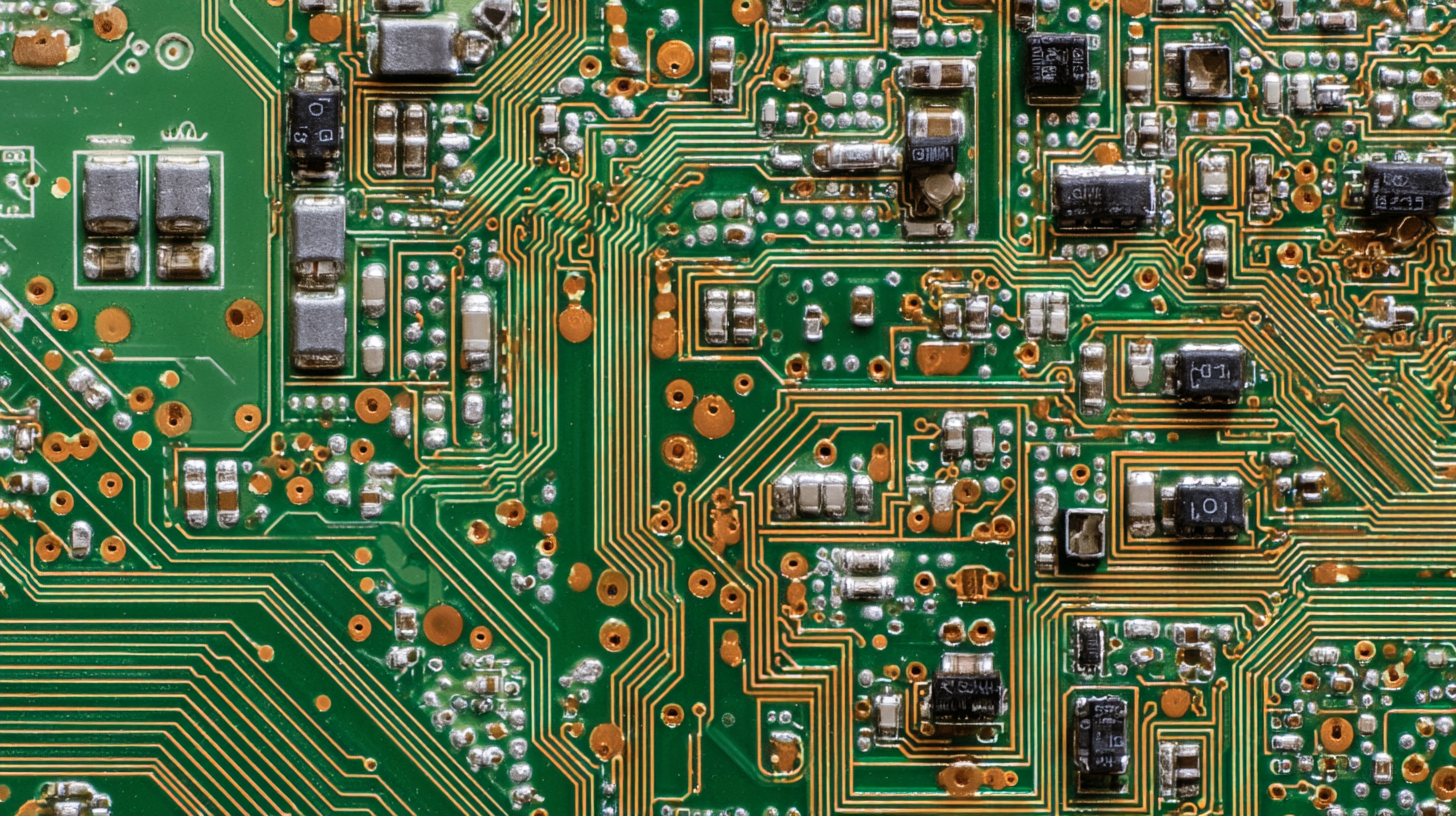
The journey toward cost-efficient PCB fabrication is multifaceted, incorporating advanced technologies, innovative materials, and refined processes. By leveraging strategic insights and data-backed methodologies, organizations can pinpoint inefficiencies and implement best practices that elevate their production capabilities. As we delve into the top ten strategies for optimizing PCB fabrication, we will explore expert opinions, case studies, and actionable tips drawn from successful industry leaders. Each approach is designed not only to enhance economic viability but also to foster long-term growth in a highly competitive market.
In the pursuit of cost efficiency in PCB manufacturing, reducing material waste proves paramount. The implementation of strategies aligned with the principles of a circular economy has emerged as a transformative approach. Reports indicate that adopting circular economies can cut emissions by up to 39% through effective material cycling, waste elimination, and retention of value. This paradigm shift not only promotes sustainability but also opens avenues for significant cost savings in production processes.
Research highlights the role of artificial intelligence in optimizing materials and reducing waste in manufacturing. This sector is seeing substantial growth, with the global market for AI materials product optimization expected to increase significantly by 2034. AI applications, such as predictive maintenance and quality control, offer tangible returns on investment by streamlining operations, minimizing defects, and ensuring that materials are utilized more efficiently. As manufacturers embrace these smart solutions, they are not just meeting regulatory compliance but actively enhancing their environmental responsibility while bolstering their bottom line.
The adoption of advanced automation technologies in PCB fabrication is transforming the industry, significantly enhancing cost efficiency and production speed. Industry leaders advocate for the implementation of automated tools and software that streamline processes from design to manufacturing. The global Engineering Software market size—encompassing CAD, CAM, CAE, AEC, and EDA—is projected to grow from USD 26.27 billion in 2025 to USD 59.20 billion, reflecting a strong demand for innovative solutions that foster automation.

Automation technologies not only reduce human error but also optimize material usage, leading to substantial cost savings. Reports indicate that integrating automated systems in PCB manufacturing can decrease production times by up to 30%, allowing companies to meet the ever-growing demand for high-quality electronic components swiftly. Additionally, these advancements facilitate better data management and real-time monitoring, enabling manufacturers to maintain higher quality standards while reducing labor costs. As automation becomes more prevalent, businesses that embrace these technologies will likely gain a competitive edge in the rapidly evolving electronics market.
In the rapidly evolving field of PCB production, leveraging data analytics has emerged as a crucial strategy for enhancing cost efficiency. By harnessing real-time data collected throughout the fabrication process, manufacturers can identify inefficiencies and areas for improvement. Advanced analytical tools can sift through large datasets to uncover patterns that may not be immediately apparent, allowing for informed decision-making that aligns production practices with optimal cost management strategies.
Furthermore, the integration of data analytics enables a proactive approach to problem-solving in PCB fabrication. By predicting potential issues before they escalate, companies can minimize downtime and reduce waste, ultimately leading to significant cost savings. Industry leaders advocate for a culture of continuous improvement driven by data insights, which not only enhances product quality but also fosters innovation. As the PCB market becomes increasingly competitive, those who effectively integrate data analytics into their production processes are likely to lead the industry in cost efficiency and productivity.
| Optimization Area | Data Points | Cost Impact (%) | Implementation Time (Months) | Effectiveness Rating (1-10) |
|---|---|---|---|---|
| Material Sourcing | Vendor Negotiation Data | 15 | 2 | 9 |
| Process Optimization | Cycle Time Reduction Data | 20 | 3 | 8 |
| Quality Control | Defect Rate Improvement Data | 12 | 1 | 10 |
| Supply Chain Efficiency | Lead Time Analysis | 18 | 4 | 7 |
The adoption of lean manufacturing principles in PCB fabrication processes has demonstrated significant cost savings and efficiency improvements. According to a report by IPC, a leading global organization for the electronics industry, companies that implemented lean methodologies saw an average reduction of 30% in production costs. This was achieved through enhanced workflow, minimized waste, and streamlined operations, allowing firms to optimize their resources effectively. The report highlights that not only does lean manufacturing reduce material and labor costs, but it also shortens lead times, which is crucial in a market that demands rapid turnaround.
Furthermore, industry benchmarks indicate that organizations employing lean practices have improved their delivery performance by up to 25%. A study conducted by Deloitte found that PCB manufacturers integrating lean strategies reported a correlation between efficiency gains and increased customer satisfaction rates, enhancing their competitive edge. By standardizing processes and using data-driven decision-making, these companies minimize variability and ensure consistent quality, which ultimately leads to lower costs and higher profitability.
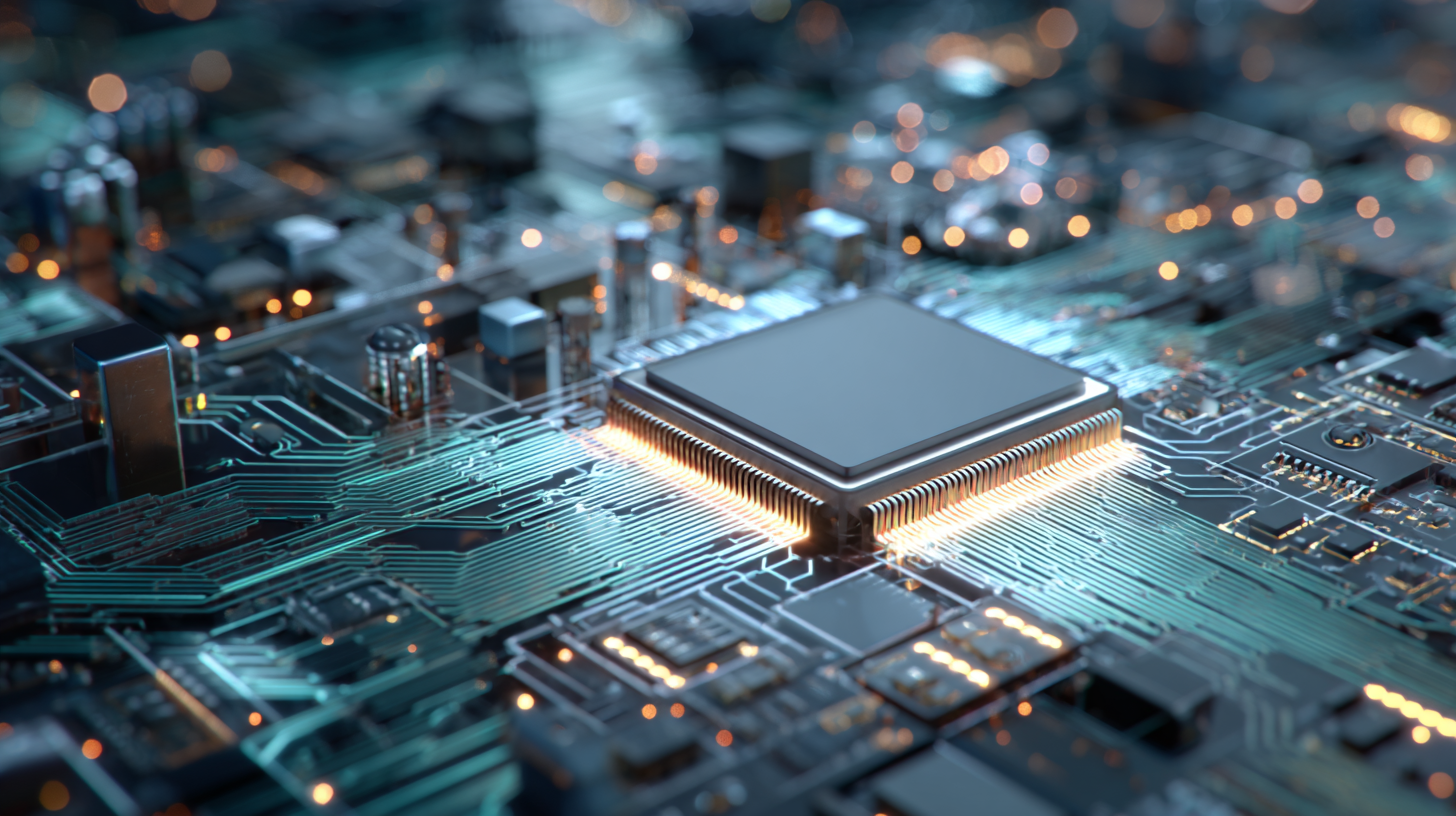
When it comes to optimizing PCB fabrication processes, the evaluation of supplier partnerships plays a crucial role in achieving cost-effective solutions. Establishing strong relationships with reliable suppliers not only ensures the quality of materials but also enables better negotiation terms. By collaborating closely with suppliers who understand the unique demands of PCB manufacturing, companies can streamline their sourcing processes, minimize lead times, and ultimately reduce costs.
Moreover, it is essential to assess the suppliers based on their technology capabilities and production capacity. Engaging with suppliers that invest in advanced manufacturing technologies can lead to enhanced efficiency and reduced waste. Additionally, by analyzing data on supplier performance and reliability, businesses can make informed decisions that align with their cost-saving goals.
Ultimately, fostering partnerships that emphasize transparency and innovation will empower companies to remain competitive while optimizing their PCB fabrication processes.
